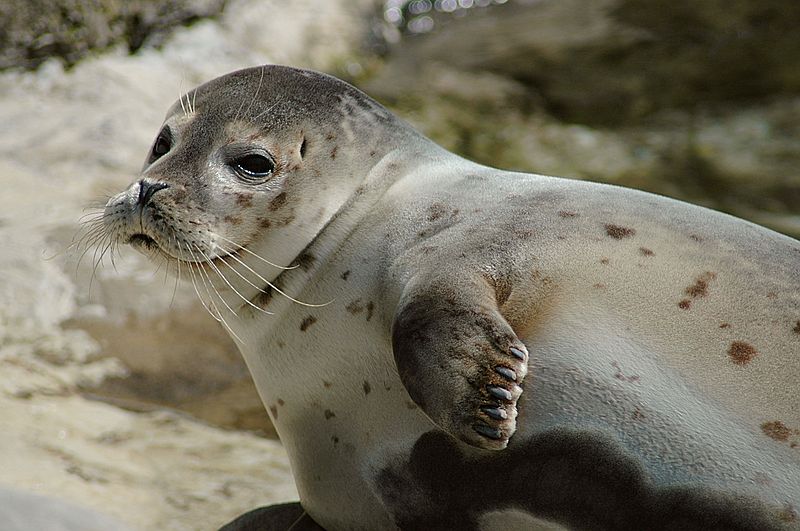 Local residents, with help from the Santa Barbara Land Trust, worked to purchase this property and maintain it as open and undeveloped space. The history of this preservation effort is described in this site for the SB Land Trust, and this one for the Citizens for the Carpinteria Bluffs. We are all fortunate to have access to this now-public site thanks to their determination, vision, and hard work!
Local residents, with help from the Santa Barbara Land Trust, worked to purchase this property and maintain it as open and undeveloped space. The history of this preservation effort is described in this site for the SB Land Trust, and this one for the Citizens for the Carpinteria Bluffs. We are all fortunate to have access to this now-public site thanks to their determination, vision, and hard work!
Though much of the vegetation we saw was non-native, there is active restoration of native coastal scrub species at the site (we saw California sagebrush, coyote bush, California S. Africa . We enjoyed the shade walking along the long row of tall eucalyptus trees. Here, and previously, we discussed the introduction of eucalyptus from Australia and Tasmania to California
One of the special aspects of this site is the harbor seal rookery east of the Casitas pier and visible from the bluffs. Though it’s not uncommon to see a lone harbor seal in the nearshore waters or even groups of them hauled out on local secluded beaches, this is one of only a few sites along the southern California
The beach is closed 750 feet on either side of the rookery from December through May, so that disturbance is minimizing during the season when pups are born and weaned. From the excellent viewing location on the bluff above the rookery we were able to see a few small harbor seal pups in addition to the many adult and juvenile seals lounging on the beach and rocks. When you come back on your own, if you want to see the pups when they’re first born, come a little earlier in the year, like February or March. As was the case when we were there, generally a member of Seal Watch is there, and he or she will be happy to answer questions or fill you in on the latest activities happening at the site.
 Here are a few links to sites with information about harbor seals, Phoca vitulina. (The lovely photo is from wikipedia – photo credit Marcel Burkhard)
Here are a few links to sites with information about harbor seals, Phoca vitulina. (The lovely photo is from wikipedia – photo credit Marcel Burkhard)
from Venoco (the oil co. next door...)
from the Marine Mammal Center
By the way, do you know the poem Rudyard Kipling wrote about seals? Perhaps next time you come to this site, you’ll want to bring it with you…
Seal Lullaby
By Rudyard Kipling
Oh! hush thee, my baby, the night is behind us
And black are the waters that sparkled so green.
The moon, O'er the combers, looks downward to find us
At rest in the hollows that rustle between.
Where billow meets billow, there soft by the pillow.
Oh, weary wee flipperling, curl at thy ease!
The storm shall not wake thee, no shark shall overtake theeAsleep in the storm of slow-swinging seas.
And black are the waters that sparkled so green.
The moon, O'er the combers, looks downward to find us
At rest in the hollows that rustle between.
Where billow meets billow, there soft by the pillow.
Oh, weary wee flipperling, curl at thy ease!
The storm shall not wake thee, no shark shall overtake theeAsleep in the storm of slow-swinging seas.

No comments:
Post a Comment